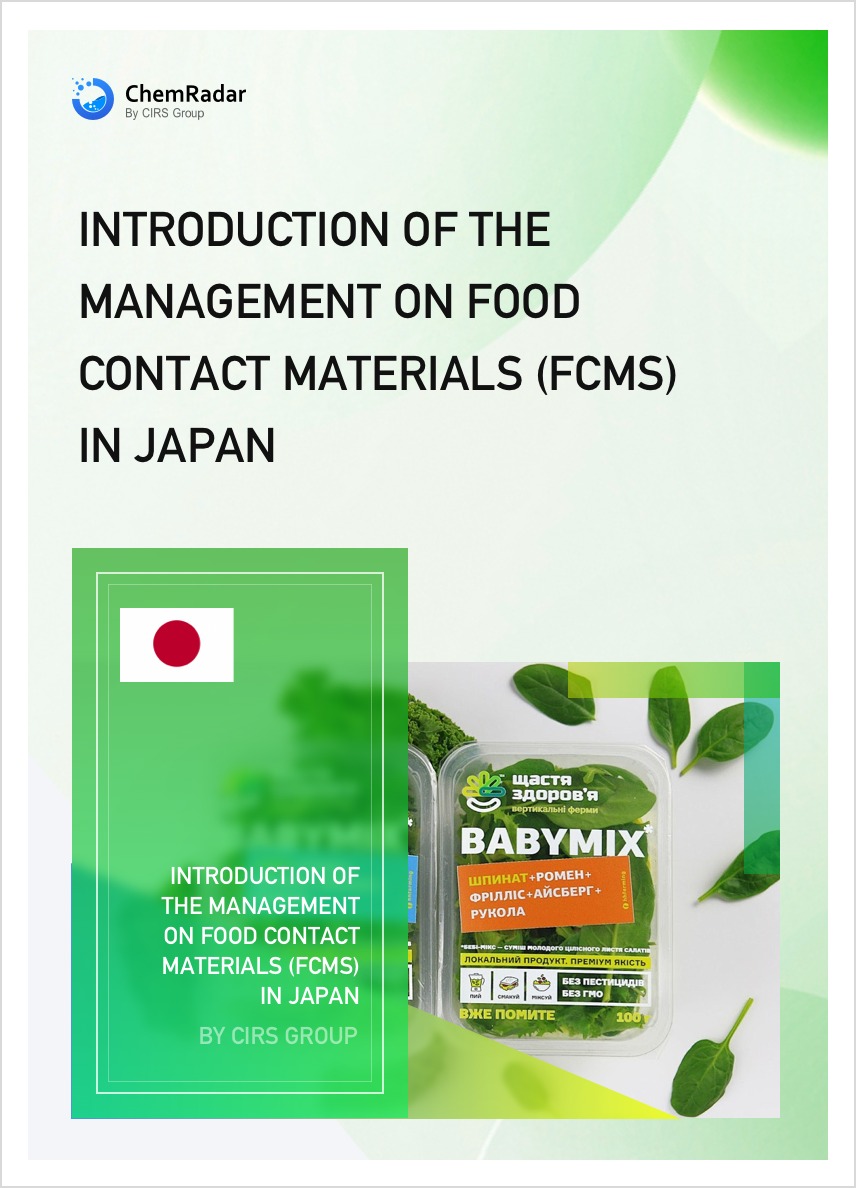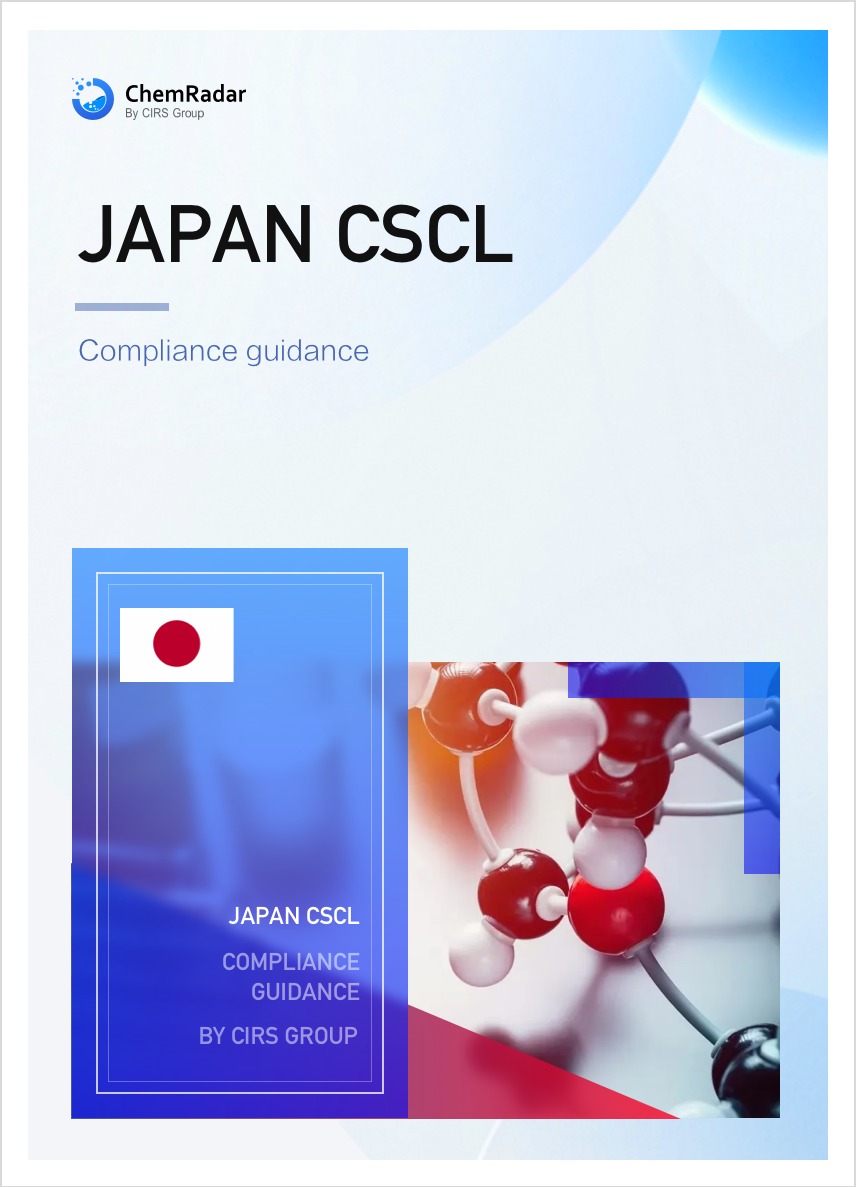On February 18, 2025, Japan’s Ministry of the Environment released the Global Framework on Chemicals (GFC) –For a Planet Free of Harm from Chemicals and Waste-Domestic Implementation Plan (Draft), marking a significant step toward achieving global chemical safety. The draft plan is now open for public consultation until March 21, 2025, with feedback accepted via mail or the e-government platform. Aligned with the international GFC adopted in Germany in September 2023, the plan emphasizes lifecycle management of chemicals through multi-sector collaboration to safeguard environmental and human health.
Background
The GFC succeeds the Strategic Approach to International Chemicals Management (SAICM) launched in 2006, aiming to advance global chemical governance by preventing or minimizing hazards from chemicals and waste. Japan established an inter-ministerial liaison council in April 2024, uniting government agencies (agriculture, environment, health), industries, academia, and civil society to draft the plan through policy dialogues. The plan prioritizes lifecycle management, spanning production, use, and disposal of chemicals while aligning with international standards.
Five Strategic Goals
The draft outlines Japan’s roadmap under the GFC’s five core objectives:
Strategic Goal A: Legal Framework and Governance Capacity
- By 2030: Strengthen domestic laws to prevent/minimize chemical hazards, combat illegal trade, and enforce notification, regulation, and prohibition of exports for domestically banned chemicals.
- Enhance capabilities of poison control centers with comprehensive chemical risk response training.
- Phase out highly toxic pesticides by 2035.
Strategic Goal B: Data Transparency and Knowledge Sharing
- By 2030: Develop and implement education and training on the safety, sustainability, safer alternatives, and the benefits of risk reduction for chemicals and waste.
- By 2035: Generate and publicly release comprehensive data on chemical properties, production, and emissions.
- Promote the Globally Harmonized System (GHS) Globally Harmonized System of Classification and Labelling of Chemicals.
Strategic Goal C: Prioritizing High-Risk Issues
Establish clear timelines and action plans for addressing priority high-risk chemicals.
Strategic Goal D: Safer Alternatives and Sustainable Solutions
- By 2030: Boost support for safer and more sustainable agricultural practices, including agroecology, integrated pest management, and the use of non-chemical alternatives where appropriate.
- By 2030: Major economic and industrial sectors will develop and implement sustainable strategies for the management of chemicals and waste, prioritizing substances of concern, reducing their impact along the supply chain, and minimizing their input wherever possible.
- By 2035: Implement policies encouraging safer alternatives and circular economy approaches throughout their entire lifecycle, including the application of available best technologies, green procurement, and circular economy approaches.
Strategic Goal E: Resource Integration and Global Cooperation
- By 2030: Internalize costs of proper chemical and waste management.
- By 2030:Strengthen synergies between chemical governance and global issues like climate change and biodiversity.
- By 2035: Mainstream the proper management of chemicals and waste through the implementation of plans, budgets, and development strategies and assistance policies and procedures across all relevant sectors.
Next Steps
Japan plans to submit a progress report at the 2026 GFC International Conference and revise its domestic plan based on global developments. The Ministry of the Environment urges stakeholders to actively participate in the consultation process to refine the draft.


